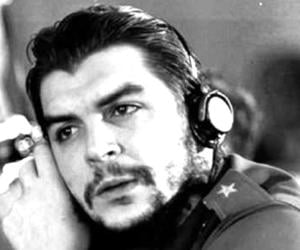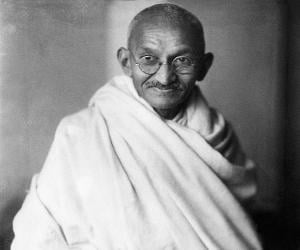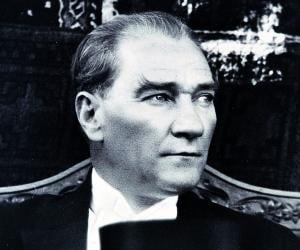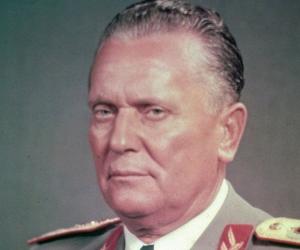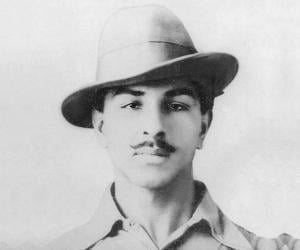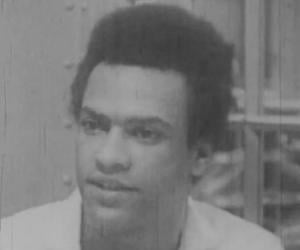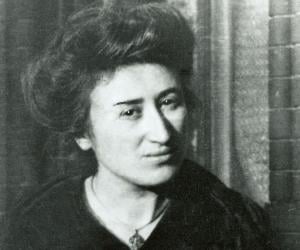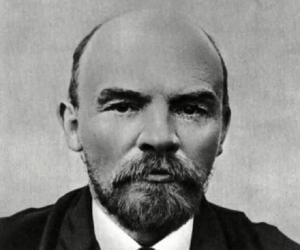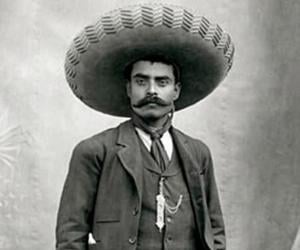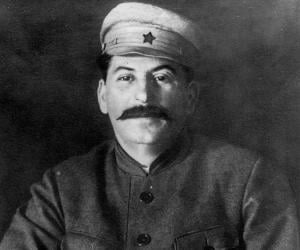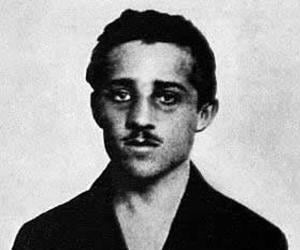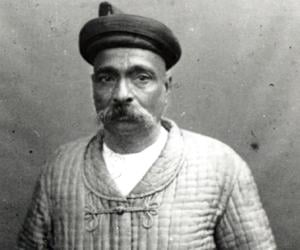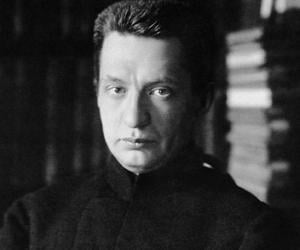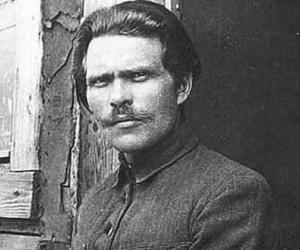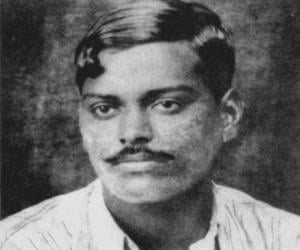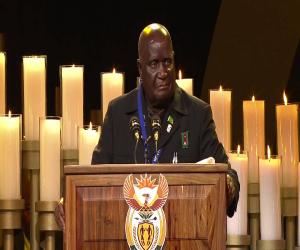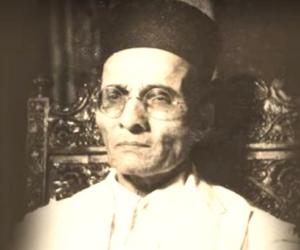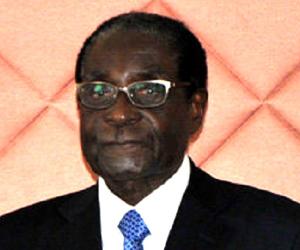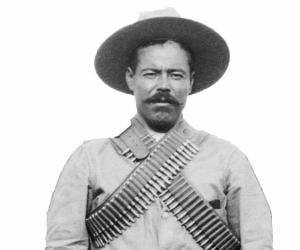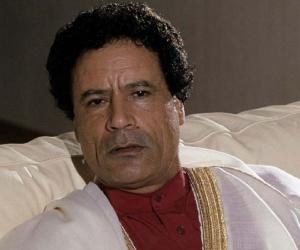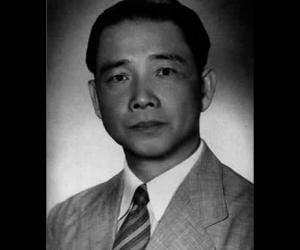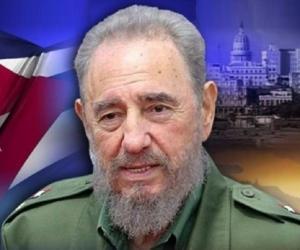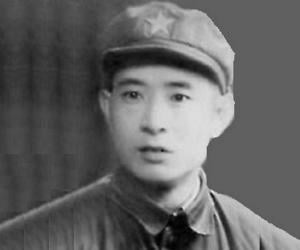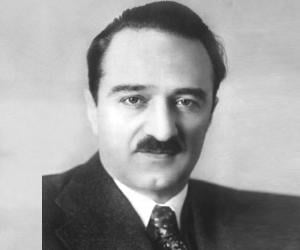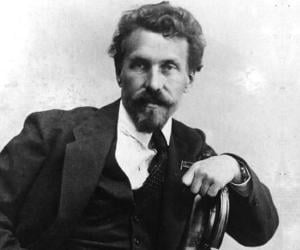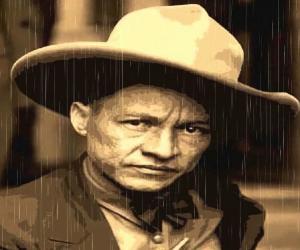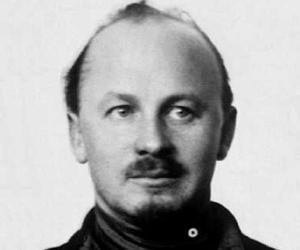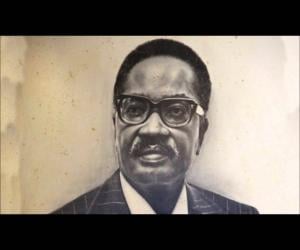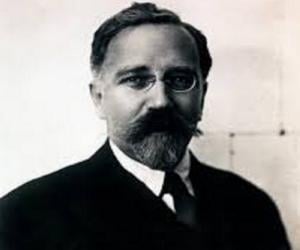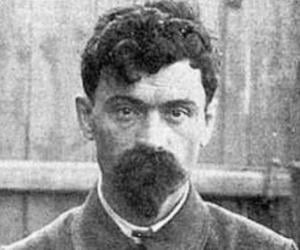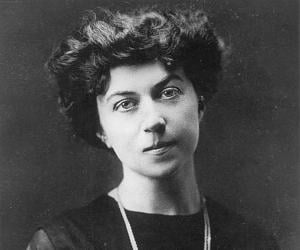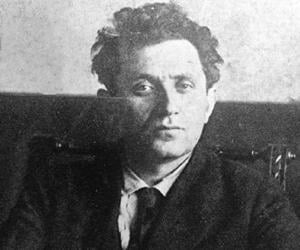Argentine Marxist revolutionary, Che Guevara, was a major figure of the Cuban Revolution. A physician by profession, he developed radical views upon witnessing the injustices in the world and joined Fidel Castro’s revolutionary 26th of July Movement. Assassinated in 1967, he remains both a revered and reviled historical figure.
An Indian lawyer and anti-colonial nationalist, Mahatma Gandhi was a major figure in India’s fight for independence from British rule. He is renowned for his employment of non-violent resistance and civil disobedience methods. Despite his popularity, he had numerous detractors as well and was assassinated in 1948. He is widely considered the Father of the Nation in India.
Bhagat Singh is one of the most revered freedom fighters of Indian Independence movement. His execution by the British rulers at a young age of 23 inspired many young people to join the freedom struggle. His life’s mission was to free India from colonial rule and his legacy as a symbol of bravery and patriotism continues to live on.
Huey P. Newton was an African-American civil and political rights activist. He is credited with co-founding The Black Panther Party (BPP), which went on to become one of black movement's most influential organizations of the late-1960s. The party, under Newton's leadership, founded more than 60 community support programs, including Free Breakfast for Children, which provided food to thousands of children.
Vladimir Lenin played a key role in the history of Russian politics by developing a political ideology called Leninism. During and after his lifetime, Lenin had a massive influence over international communist movement. He is widely regarded as one of the most influential and significant personalities of the 20th century.
Controversial Russian dictator, Joseph Stalin, ruled the Soviet Union for around 25 years from 1929 to 1953 and is credited for making it a prominent industrial and military power of the world. During the Second World War, his army defeated the Nazis too. However, his regime was also one of terror and brutality where numerous Soviet citizens lost their lives.
Alexander Kerensky was a Russian revolutionary and lawyer who played a major role in the Russian Revolution of 1917. Alexander Kerensky is often portrayed in films and TV series. In the 1971 epic historical drama film Nicholas and Alexandra, he was played by John McEnery. In the 2019 series The Last Czars, he was portrayed by Kestutis Cicenas.
Chandra Shekhar Azad joined India’s freedom struggle against the British after being deeply affected by the Jallianwala Bagh massacre. Born Chandra Shekhar Tiwari, he declared himself as Azad when arrested in connection with Gandhiji’s non-cooperation movement. He shot himself to death to escape being held captive by the British.
Kenneth Kaunda is a Zambian former politician. He served as the first president of Zambia from 1964 to 1991. A major figure in Zambia’s struggle for independence from British rule, he became the first president of independent Zambia. As the president, he implemented many educational and economic reforms to accelerate the rate of modernization in the country.
Vinayak Damodar Savarkar was an Indian politician and independence activist. He formulated the Hindu nationalist philosophy of Hindutva and was a leading figure in the Hindu Mahasabha. He was known for his strong oratory skills and was an eloquent writer. He was initially charged as a co-conspirator in the assassination of Mahatma Gandhi but was later acquitted.
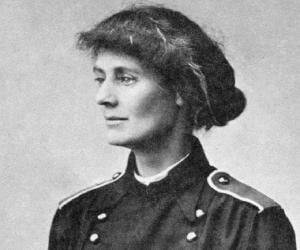
Irish revolutionary political leader and suffragist Constance Markievicz scripted history by becoming the first woman to be elected as a cabinet minister in Europe and also the first female to be elected to the British Parliament. Sentenced to death for her role in the Easter Rising, she was later granted amnesty.
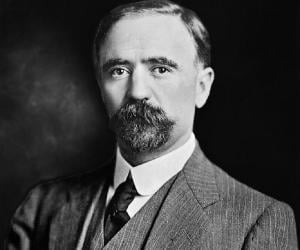
Apart from being the president of Mexico, Francisco I. Madero was also a social reformist. Born into an affluent landowning family, Madero grew up to challenge the dictatorship of Porfirio Díaz and was one of the initiators of the Mexican Revolution. He was assassinated in a right-wing coup.
Robert Mugabe was a Zimbabwean revolutionary. He played a major role in the Rhodesian Bush War, which eventually led to the Lancaster House Agreement, resulting in the creation of the Republic of Zimbabwe. Subsequently, Mugabe served as the first prime minister of Zimbabwe and later as its president. A controversial figure, Mugabe is also often criticized for his tyrannical ways.
Serving as the Cuban prime minister from 1959 to 1976 and as president from 1976 to 2008, Fidel Castro was one of the most prominent Cuban leaders in the history. As the longest-reigning non-royal head of the 20th and 21st centuries, Castro was responsible for making Cuba a communist state.
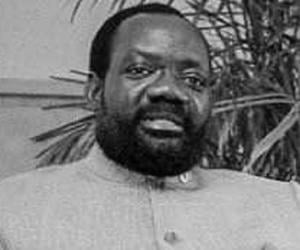
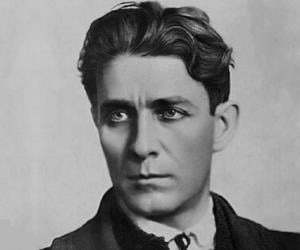
Romanian far-right politician Corneliu Zelea Codreanu founded the anti-Semitic and fascist movement called Iron Guard, also known as the Legionary Movement. While the movement turned into a successful political party, it was crushed by King Carol II, while Codreanu was imprisoned and then shot to death while escaping.
Hu Yaobang served as the Chinese Communist Party's general secretary from 1982 to 1987. Prior to his position as the general secretary, Hu served as the party's chairman from 1981 to 1982. Under Deng Xiaoping's leadership, Hu Yaobang rose to prominence and played a crucial role in the Boluan Fanzheng program, which was initiated by Deng.
Anastas Mikoyan was an Armenian Communist revolutionary. He was an Old Bolshevik. He held several high governmental posts during Joseph Stalin’s rule but began to lose favor towards the end of his regime. He once again regained his power during Nikita Khrushchev’s rule and served as the chairman of the Presidium of the Supreme Soviet. He also wrote several memoirs.
Alexei Rykov was a Russian Bolshevik revolutionary and a Soviet politician. He served as the Premier of Russia and the Soviet Union in the 1920s. A key player in the 1905 Russian Revolution, he often came into political conflict with Vladimir Lenin. He oversaw the implementation of the "War Communism" economic policy during the Russian Civil War.
Augusto César Sandino was a Nicaraguan revolutionary. From 1927 to 1933, Sandino led a rebellion against the United States occupation of Nicaragua, due to which he was lauded as a hero throughout Latin America. Although the US government labeled him a bandit, Sandino went on to become a symbol of resistance and is revered as a national hero in Nicaragua.
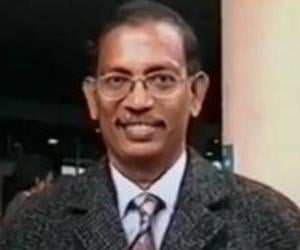
Arul Pragasam was a Sri Lankan Tamil activist and revolutionary. He played an important role in the formation of the Eelam Revolutionary Organisation of Students during the Tamil independence movements in England. The movement, which originated in Sri Lanka, aimed at securing an independent Tamil state in the island country due to the oppression of Sri Lankan-Tamils by the government.
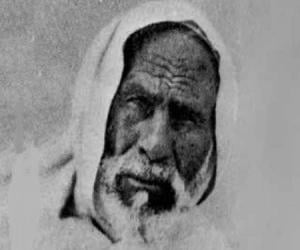
MPLA leader Agostinho Neto was Angola’s first president. Born to school teacher parents, Neto grew up to become a poet and later studied medicine. However, while pursuing his academic career, he also participated in indigenous movements. Following his arrest and the subsequent unrest, he joined the Angolan liberation movement.
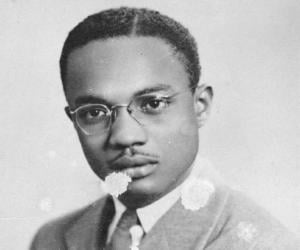
A communist and an Old Bolshevic, Lev Kamenev was a close aide of Vladimir Lenin. Born to revolutionary parents, Kamenev was exiled but returned to Russia after the February Revolution. At the onset of the Great Purge, he was ousted from his party, arrested, and executed by a firing squad.
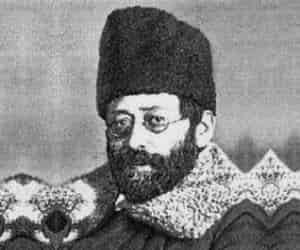
Russian revolutionary and politician Julius Martov was a prominent leader of the Mensheviks. A close associate of Vladimir Lenin since his initial political career, he later clashed with Lenin’s ideology of limiting party membership to an exclusive group. He spent his finals years in Berlin as an editor of Socialist Courier.

One of the most talked-about guerrilla leaders since Che Guevara, Subcomandante Marcos led the Zapatista National Liberation Army. An excellent student in his youth, he briefly taught and later moved to the Chiapas, where he led a rebellion in support of the indigenous people. He is also a talented poet and author.
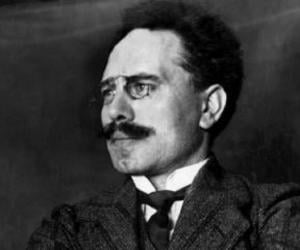
German socialist radical Karl Liebknecht is best remembered for co-founding the Spartacus League, an underground group that was declared illegal but later led to the formation of the Communist Party of Germany. He was shot to death on the orders of German commander Waldemar Pabst in the 1919 Spartacus Revolt.
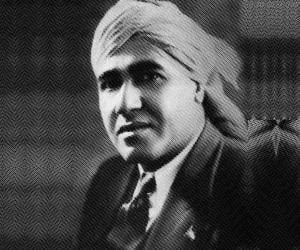
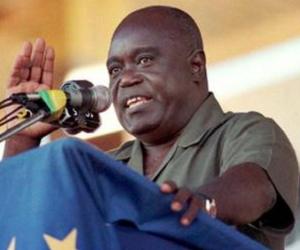
Yakov Yurovsky was a Russian Old Bolshevik. Also a Soviet Revolutionary, he acted as the chief executioner of Emperor Nicholas II of Russia and his family on the night of 17 July 1918. A watchmaker by trade, he was a Chekist for a short time. In his later life, he allegedly expressed remorse over his role in the executions.
Alexandra Kollontai was a Russian revolutionary, politician, and diplomat. She served as the People's Commissar for Welfare in Lenin’s government. A powerful figure, she became the first woman in history to become an official member of a governing cabinet. She was also one of the few women to play a prominent role during the Russian Revolution.
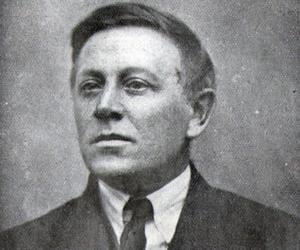
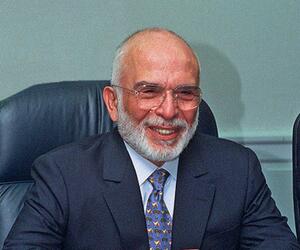
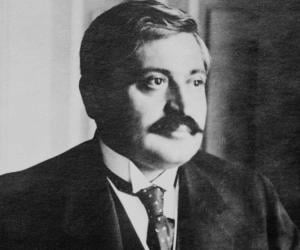
Turkish politician Talaat Pasha, who chaired the Union and Progress Party during its one-party dictatorship, later became the Grand Vizier, or prime minister, of Turkey. He had also been Turkey’s minister of the interior and finance. A convicted war criminal, he was assassinated by an Armenian in Germany, where he had escaped.
Born to dairy farmers in Russia, Grigory Zinoviev was homeschooled and had started working at 14. An Old Bolshevik, he joined Russian revolutionary activities and became a close aide of Vladimir Lenin. Joseph Stalin later got him ousted from the party thrice. Zinoviev was eventually arrested and executed.
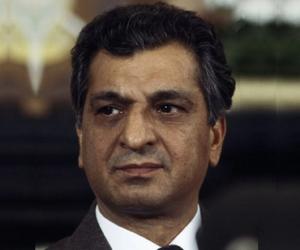
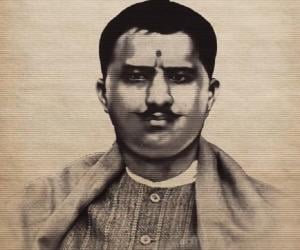
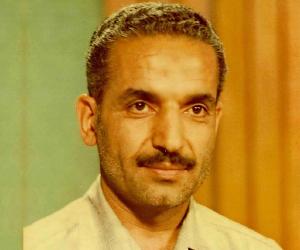
Mohammad-Ali Rajai was the second president of Iran, in office for just a few weeks in August 1981 before his untimely death. Before this, he served as prime minister under Abolhassan Banisadr. A teacher by profession, he became actively involved in the Iranian Revolution and joined politics. He was assassinated on 30 August 1981.
